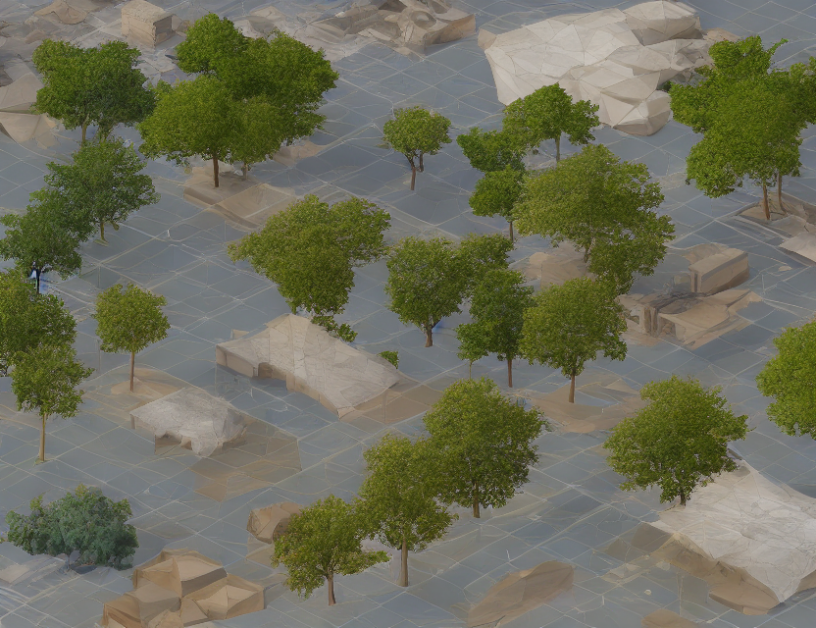Image synthesis is a fascinating area of research that involves generating new images using various techniques, such as deep learning. In this survey, we will explore the recent advancements in deep learning methods for image synthesis and demystify some of the complex concepts involved.
Deep Learning Methods: The Survey
The authors of this survey have identified several deep learning methods that are commonly used for image synthesis, including Generative Adversarial Networks (GANs), Variational Autoencoders (VAEs), and Style Transfer. These methods have been used to generate new images in various styles, such as realistic, cartoonish, and abstract.
GANs: The Workhorse of Image Synthesis
GANs are a popular choice for image synthesis because they can generate high-quality images that are similar to the training data. GANs consist of two neural networks: a generator network that generates new images, and a discriminator network that evaluates the generated images and provides feedback to the generator. The goal of the generator is to produce images that are indistinguishable from real-world images, while the goal of the discriminator is to correctly identify whether an image is real or fake. Through this process, the generator improves over time, generating more realistic images that can be used for various applications.
VAEs: The Latent Representation Method
VAEs are another deep learning method used for image synthesis. Unlike GANs, VAEs do not use a discriminator network. Instead, they use a latent representation to generate new images. The latent representation is a lower-dimensional representation of the input data that captures the essential features of the images. By sampling from this representation, VAEs can generate new images that are similar to the training data.
Style Transfer: The Artistic Approach
Style transfer is an image synthesis technique that involves combining the content of one image with the style of another image. This technique has been used to create artistic images that combine different styles and colors. For example, a style transfer algorithm can be used to turn a black-and-white photo into a vibrant watercolor painting.
Challenges and Limitations: The Future of Image Synthesis
Despite the recent advancements in deep learning methods for image synthesis, there are still several challenges and limitations that need to be addressed. One of the main challenges is the lack of diversity in the training data, which can limit the ability of the algorithms to generate new and diverse images. Another challenge is the difficulty in controlling the generated images, such as the level of realism or the style of the image.
In conclusion, this survey has provided an overview of the recent advancements in deep learning methods for image synthesis. By demystifying some of the complex concepts involved and highlighting the challenges and limitations, we can better understand the future of image synthesis and its potential applications in various fields. Whether it’s creating realistic images for movies or generating artistic images for social media, deep learning methods have opened up new possibilities for image synthesis that were previously unimaginable. As this field continues to evolve, we can expect even more exciting advancements that will transform the way we create and interact with images.



